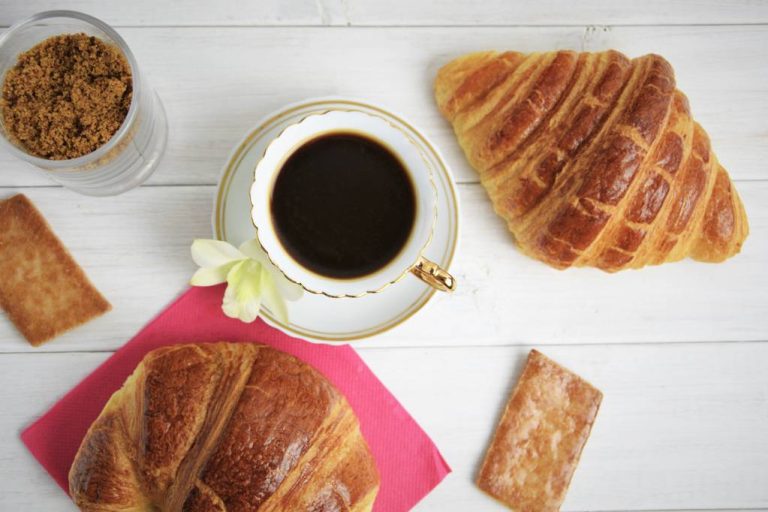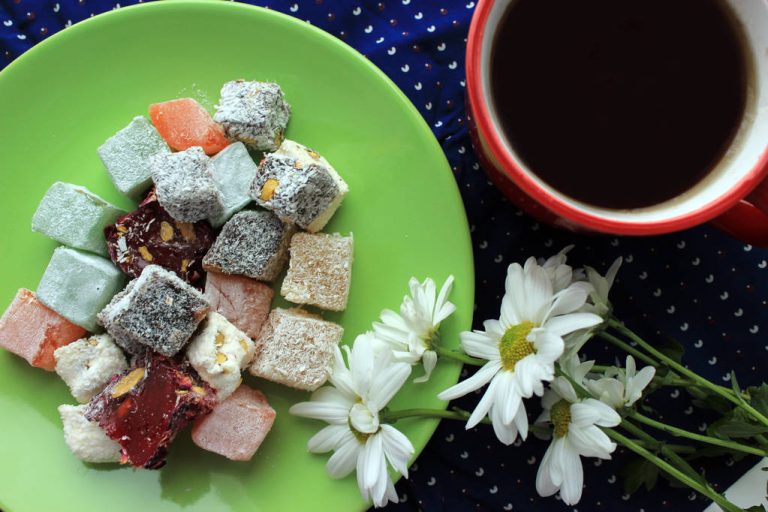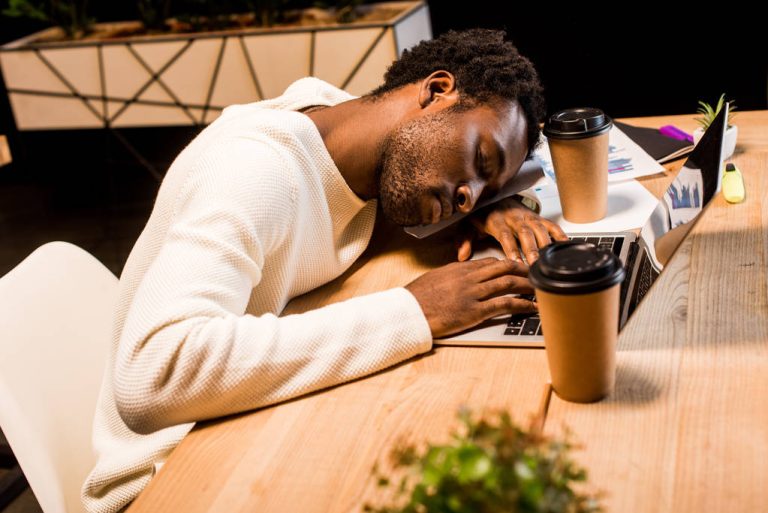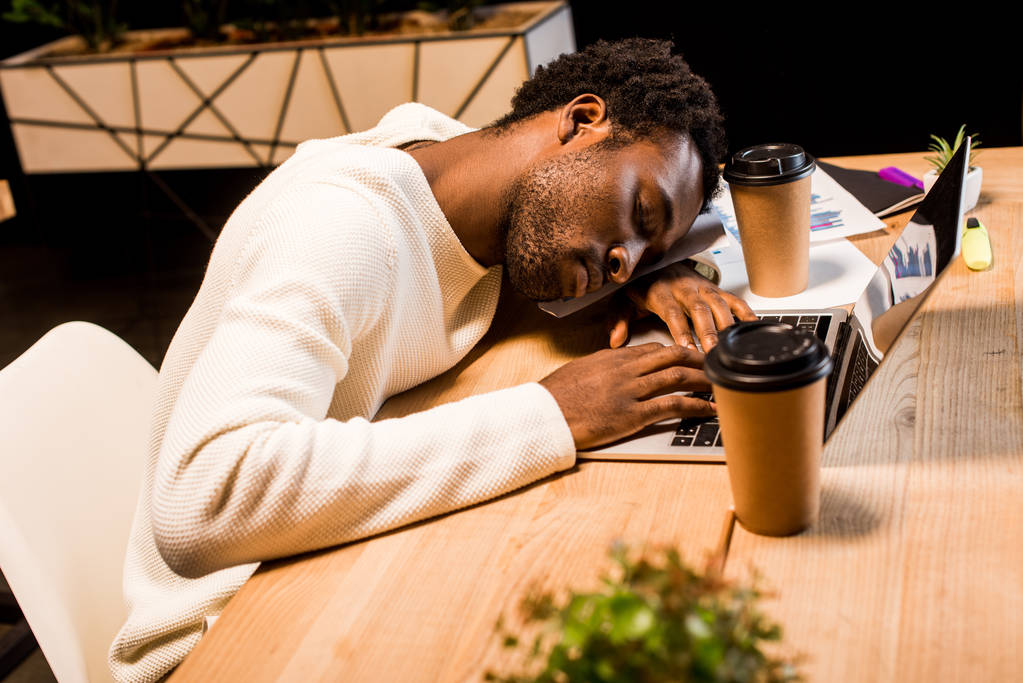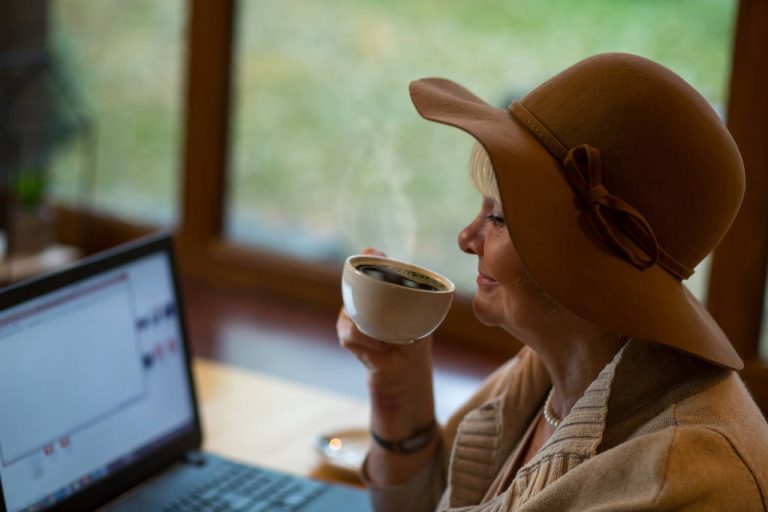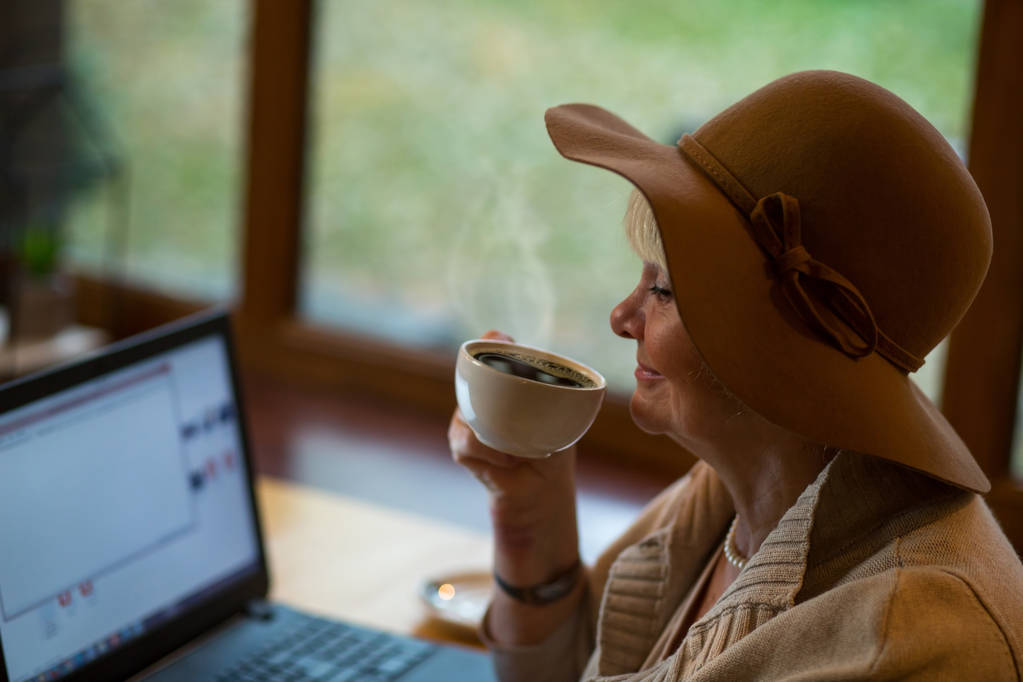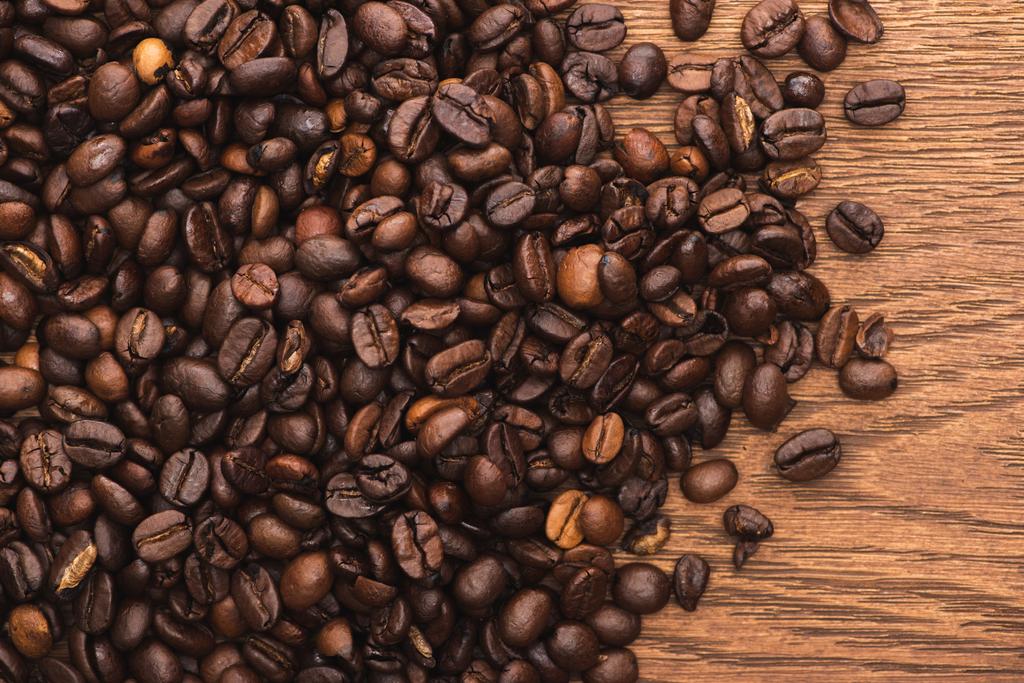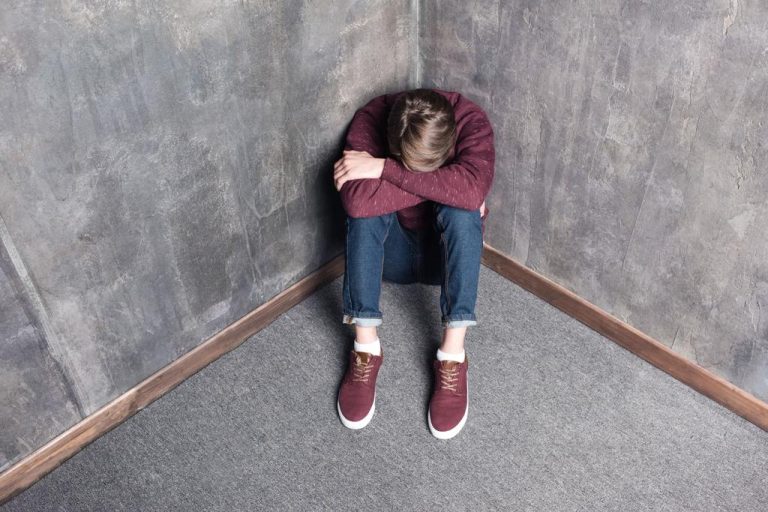Lupine coffee is one of the best regional coffee alternatives. But can it keep up in taste? We’ll show you the benefits of the decaffeinated drink.
Lupine coffee is a regional alternative to traditional coffee beans made from lupine seeds. Lupins are also called “wolf beans” and belong to the legume family.

Why lupine coffee? Environmentally friendly and regional
Lupine coffee could become coffee specialty because: lupins are grown in Germany, for example in Bavaria. Unlike coffee beans, they don’t have to travel long distances to be transported. In addition, stricter occupational health and safety guidelines apply in Germany – regional lupine coffee is therefore usually produced under fair conditions.
According to the MDR, the legumes are considered soil improvers. The so-called “nodule bacteria” on the deep roots of the lupins store nitrogen, which serves as fertilizer for future plants. In addition, lupins have a strong main root, which can also penetrate and loosen compacted soil.
Lupins also have advantages when roasting: According to the MDR, they store heat four times longer than coffee beans and hardly lose any volume in the drum. In addition, you only need half as much coffee powder to prepare lupine coffee, as lupines taste very intense.

Prepare lupine coffee and make it yourself
If you bought coffee from debittered cultivated lupins, you can prepare it without hesitation. We advise you to use an organic product because it was grown without chemical-synthetic pesticides. The price is similar to that of normal organic coffee.
Lupine coffee is visually reminiscent of cocoa powder, but does not exude the typical coffee smell. It tastes strongly of roasted aromas. The MDR expert describes the taste as “malty and smelling of chocolate and popcorn”.

